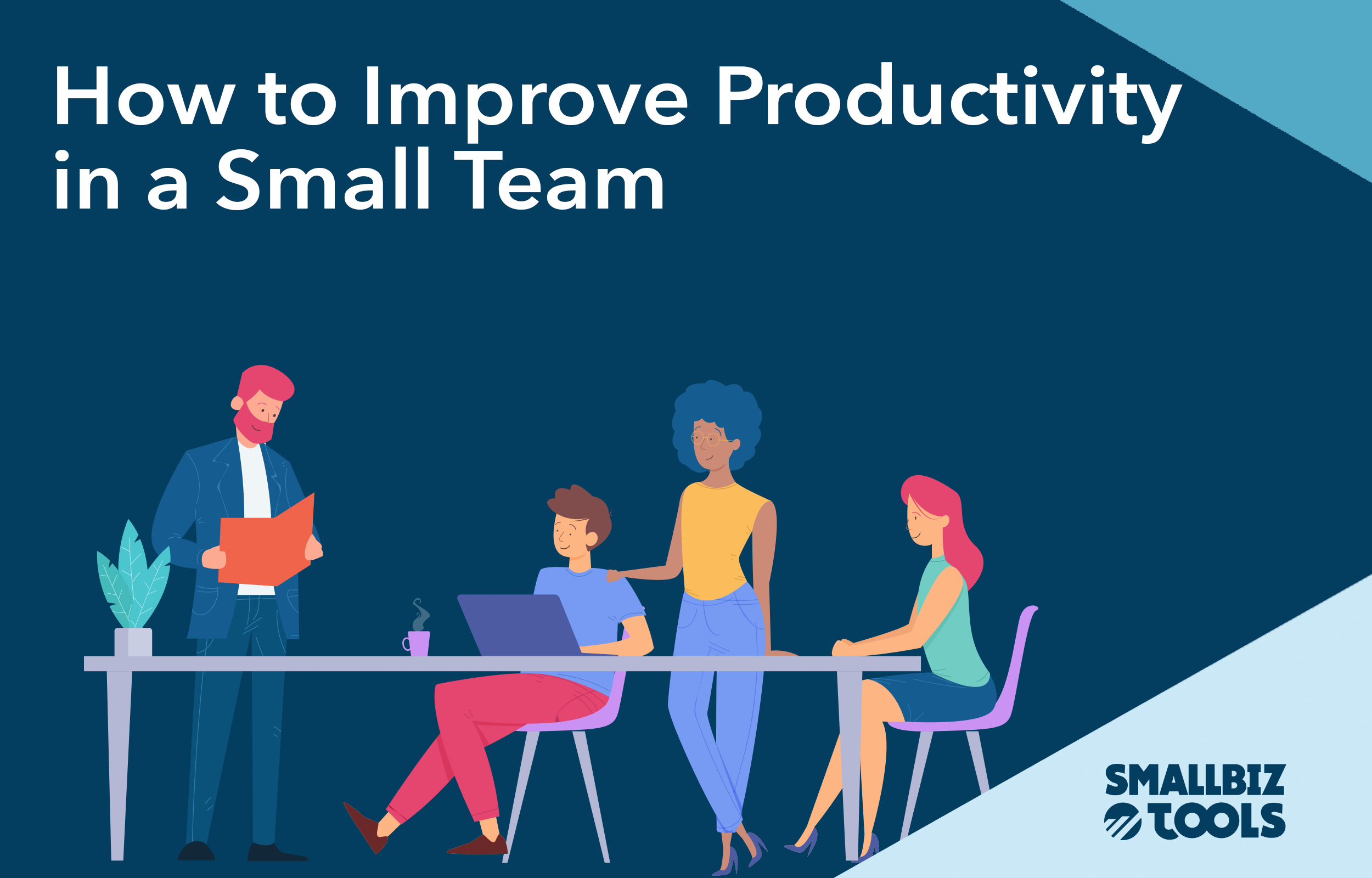LAST UPDATED ON October 12, 2020
How to Improve Productivity in a Small Team
Whether you own a start-up or you’re in charge of a team within a larger company, a crucial issue for you is probably how to do the most work...

Whether you own a start-up or you’re in charge of a team within a larger company, a crucial issue for you is probably how to do the most work with the highest quality in the least amount of time. To help you achieve this, we’ve compiled a list for improving team productivity that you can implement.
